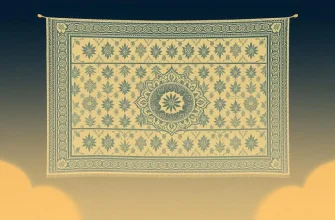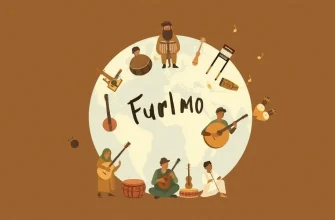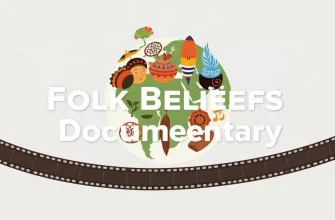Embarking on a journey through the diverse tapestry of human culture, these documentaries offer a window into the traditions that define different societies. From the vibrant festivals of India to the ancient rituals of the Maasai, each film provides a unique perspective on how people celebrate, mourn, and live. This collection not only entertains but educates, offering insights into the customs that shape our world, fostering a deeper appreciation for the richness of cultural diversity.

The Salt of the Earth (2014)
Description: Through the lens of photographer Sebastião Salgado, this documentary captures the essence of human traditions and the impact of industrialization on indigenous cultures.
Fact: It won the Special Jury Prize at the Cannes Film Festival and was nominated for an Academy Award.
 Watch Now
Watch Now 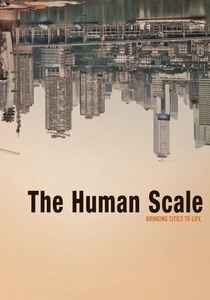
The Human Scale (2012)
Description: This film explores how urban planning can reflect or ignore cultural traditions, focusing on cities designed for human interaction and community.
Fact: It features interviews with Jan Gehl, a renowned urbanist, and showcases cities like Copenhagen and Dhaka.
 Watch Now
Watch Now 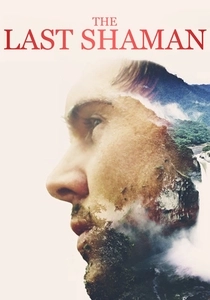
The Last Shaman (2016)
Description: This documentary follows a young man's quest for healing through traditional shamanic practices in the Amazon, highlighting the clash between modern medicine and ancient wisdom.
Fact: The film was shot over three years and features real-life shamanic rituals.
 Watch Now
Watch Now 
The Story of the Weeping Camel (2003)
Description: A Mongolian family's struggle to save a camel calf through a traditional ritual, offering a glimpse into the nomadic lifestyle and its customs.
Fact: The film was shot over a period of 40 days in the Gobi Desert, with many scenes featuring real-life events.
 30 Days Free
30 Days Free 
Samsara (2011)
Description: A visual journey through the world's cultures, capturing the beauty and diversity of human traditions, from the whirling dervishes of Turkey to the monks of Tibet.
Fact: The film was shot in 25 countries over five years, using 70mm film for its stunning visuals.
 30 Days Free
30 Days Free 
The Linguists (2008)
Description: Two linguists travel the world to document dying languages, showcasing the importance of linguistic diversity in preserving cultural traditions.
Fact: The film was nominated for an Emmy Award for Outstanding Science and Technology Programming.
 30 Days Free
30 Days Free 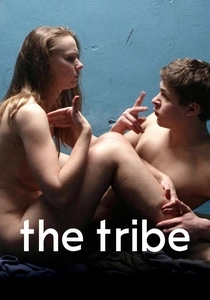
The Tribe (2014)
Description: This unique film, shot entirely in sign language without subtitles, delves into the subculture of a Ukrainian boarding school for the deaf, exploring its traditions and challenges.
Fact: The film was shot with non-professional actors who are deaf, adding authenticity to the portrayal.
 30 Days Free
30 Days Free 
The Kalahari Family (2002)
Description: Documenting the life of the Ju/'hoansi people in Namibia, this film explores their traditional hunter-gatherer lifestyle and the impact of modernization.
Fact: It's part of a long-term project by John Marshall, who spent over 50 years documenting the Ju/'hoansi.
 30 Days Free
30 Days Free 
The Spirit Keepers (2013)
Description: This documentary follows a group of indigenous women in Guatemala as they fight to preserve their cultural traditions against the backdrop of civil war and globalization.
Fact: The film was produced by the same team behind "The Linguists," focusing on cultural preservation.
 30 Days Free
30 Days Free 
The Land of the Wandering Souls (2009)
Description: A poignant exploration of the Hmong people's traditions and their struggle to maintain their cultural identity in the face of war and displacement.
Fact: The film was shot in Laos and Thailand, capturing the Hmong's animist beliefs and rituals.
 30 Days Free
30 Days Free 



